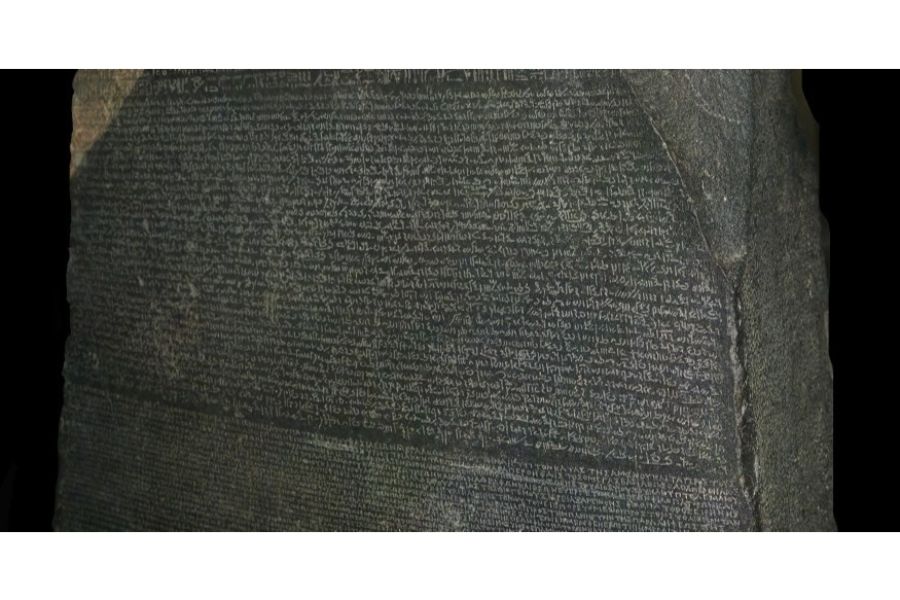History
Translation has been around almost as long as language has. The first mention of the confusion caused by peoples of different languages trying to communicate dates from the Biblical account of the Tower of Babel. Great discord and enmity arose as the builders could no longer understand each other’s language.
The problem was so big that the up to here homogeneous group of people split up according to language groups, and so the story goes, where the different nations birthed
The earlies recorded copy of a translation, still available to us, is that of the Sumerian Epic of Gilgamesh. These partial translations were done about 2000BC. Logic tells us that verbal interpretations must have pre-dated written translations. This means that translation and interpretation reaches back many thousands of years.
Ancient Greeks used translators to understand ancient texts of the time, and all educated Romans were expected to know how to translate. The best known piece of translation is that of the Rosetta Stone, an ancient stele from Egypt carved in around 196BC. This was the key that historians and archaeologists needed to unlock the secret of Egyptian hieroglyphs. The Rosetta Stone displays the same decree in three different languages. The texts were written in Greek, Demotic, and hieroglyphs. There is no way that the scribe, long forgotten by history could be aware of how his work would eventually allow modern translators to gain insight into his culture and civilisation in such a profound way!
The word translation can be traced back to the Latin word, translation. This basically means “to carry across” or “to bring across». This bringing across is a tricky business.
Modern Translation
A professional translator makes use of CAT tools (computer assisted translation) like Memsource, SDL Trados, OmegaT, Wordfast or Déjà Vu. They depend on what the translator writes and stores to them for later re-use, it acts like a dictionary holding a database of sentences (the translated text). Please, do not confuse them with machine translation tools like microsofttranslator.com, bing.com/translator, translation.babylon.com or translate.google.com, they do not require human translator intervention, and thanks God, fall very short of the mark because we have not yet come up with adequate artificial intelligence to navigate the mine-field that is language!
Words carry the weight of their culture. Many expressions in English have been attributed meaning that has nothing to do with the words used. One example would be, there is something fishy going on.
We know that the expression means that something is wrong, but you do not quite know what. If the translator does not have that cultural knowledge then he will be out to sea! He might translate the words accurately, but the meaning will be lost.
Another factor that complicates translation is the fact that languages are not static, and the same word may be used differently depending on the country. Take, for example, «Backlog». It referred to the biggest log in the fire throughout colonial times. Today, it means an accumulation over time of work waiting to be done. That huge pile of work we are commonly buried under.
The science of translation are governed by a few key concepts. We have Fidelity vs. Transparency. Fidelity refers to how faithful or accurate the translated text conveys the original message. Transparency on the other hand, judges how natural the translation sounds in the receptor language.
Another issue that of Equivalence. In Formal Equivalence, we find that the translators use a word for word approach. Dynamic Equivalence is closer to an idea for idea translation approach.
As you can see, translation is, in fact, a very complicated process. Knowing some French or Italian does not mean by a long shot make you a translator!
We saw that translation is a profession that is at least 4000 years old. We do not know if the world will still exist after another 4000 years, but you can bet your bottom dollar that if it does, there will still be translators doing translations.
3Lingua CREATIVE languages


